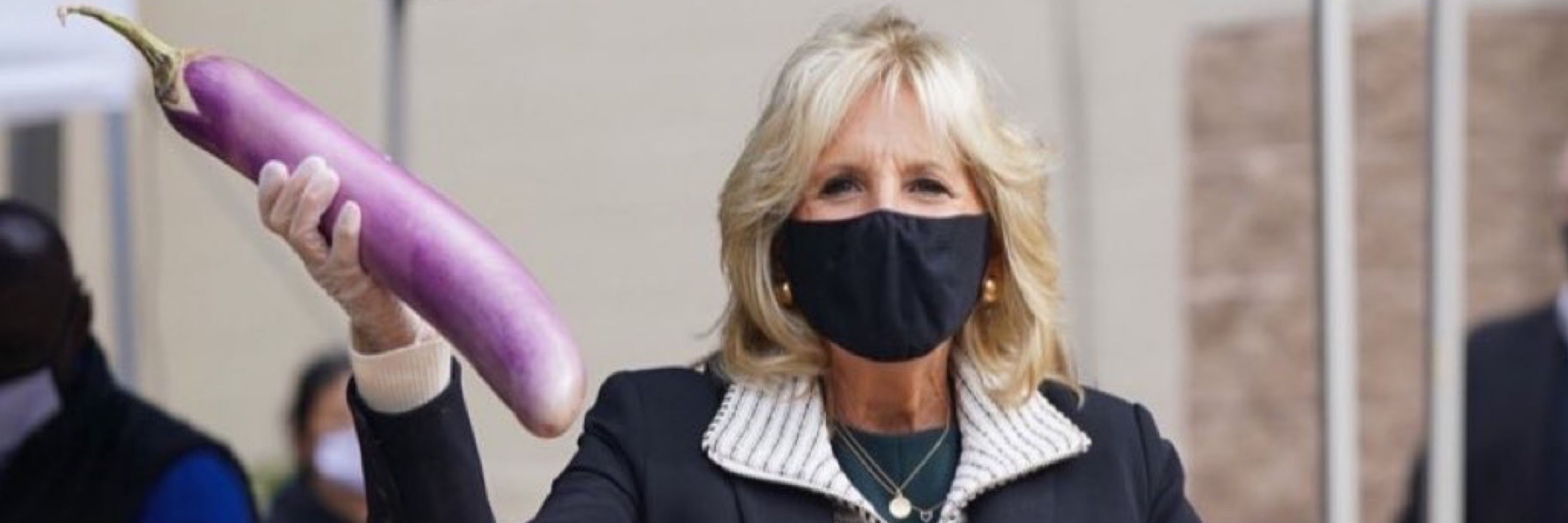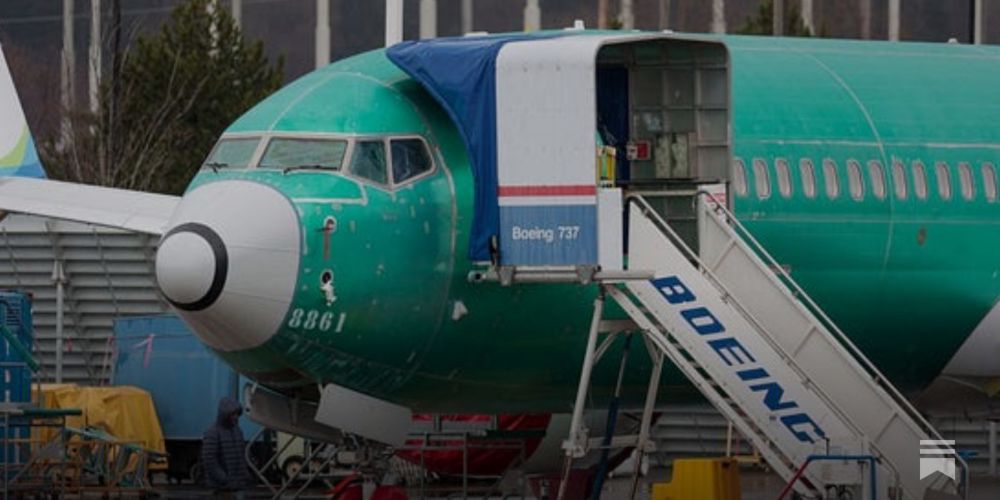
Thank you!
To that point, here’s a first person account from Gaza that deserves to be read. www.thenation.com/article/worl...

The extraordinary story of a 14-year-old, her mother, and what happened when the Israeli military came to destroy their house.
To dive deeper, check out Arielle's full story. It's a fascinating look at the green capitalism that is apparently supposed to save us. heated.world/p/boeings-bi...

The Boeing 737 Max was marketed as eco-friendly. But marketing is not always what it seems.
In the end, the story of the 737 Max is not about the dangers of sustainable technology. It’s about the dangers of viewing sustainability solely as a means for profit.

The Boeing 737 Max was marketed as eco-friendly. But marketing is not always what it seems.
But if Boeing were really chiefly concerned with being “green,” experts say it would have simply developed a new plane. As one expert told us: “This is clearly a case where Boeing did not go far enough on the environment.” It's not a case where it did too much. (7/X)
For Boeing, “green” and “clean” were primarily talking points on a quest for market dominance. And they continue to be. Since the 737-Max crashes, Boeing has significantly ramped up its green marketing in a bid to win back consumer trust. (6/X)
Boeing also decided not to train pilots in the new software–again, to avoid short-term expenses. This is why the planes were unsafe. Not because of “green” technology itself, but because of Boeing’s prioritization of short-term profit over all else. (5/X)
But unlike Airbus, Boeing’s old planes weren’t as aerodynamically suited for the newer, bigger engines. The engines would sometimes make the aircraft’s nose pitch up. So to avoid expensive redesigning, Boeing created new software (MCAS) to detect it instead. (4/X)
Boeing, which had originally planned to develop a new plane from scratch to maximize efficiency, quickly decided to switch course and copy Airbus. It too began developing more fuel-efficient engines and sticking them in old planes: The 737 Max. (3/X)
The 737 Max was Boeing’s solution to a green competition problem. Airbus had developed new, more fuel-efficient engines that it was sticking in old planes. Boeing’s airline customers wanted to save on jet fuel. So they were threatening to drop Boeing for Airbus. (2/X)
